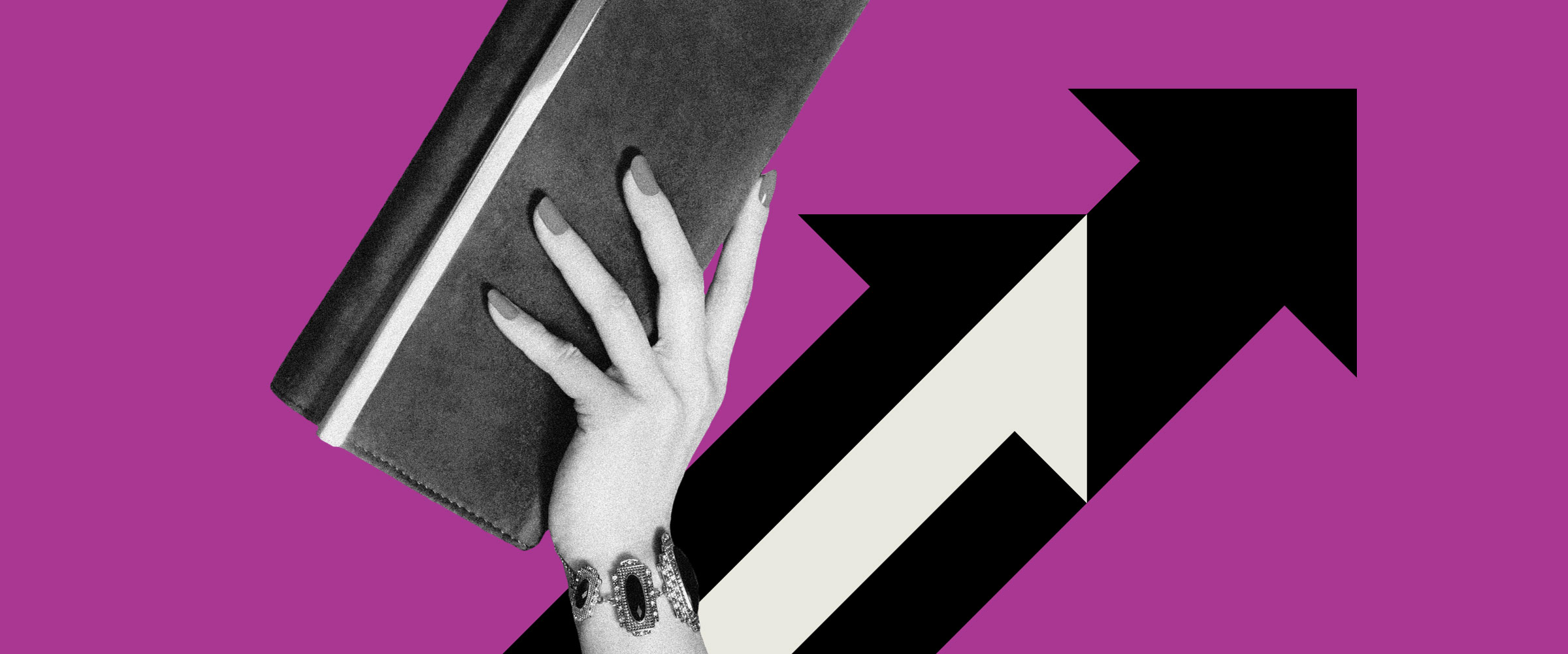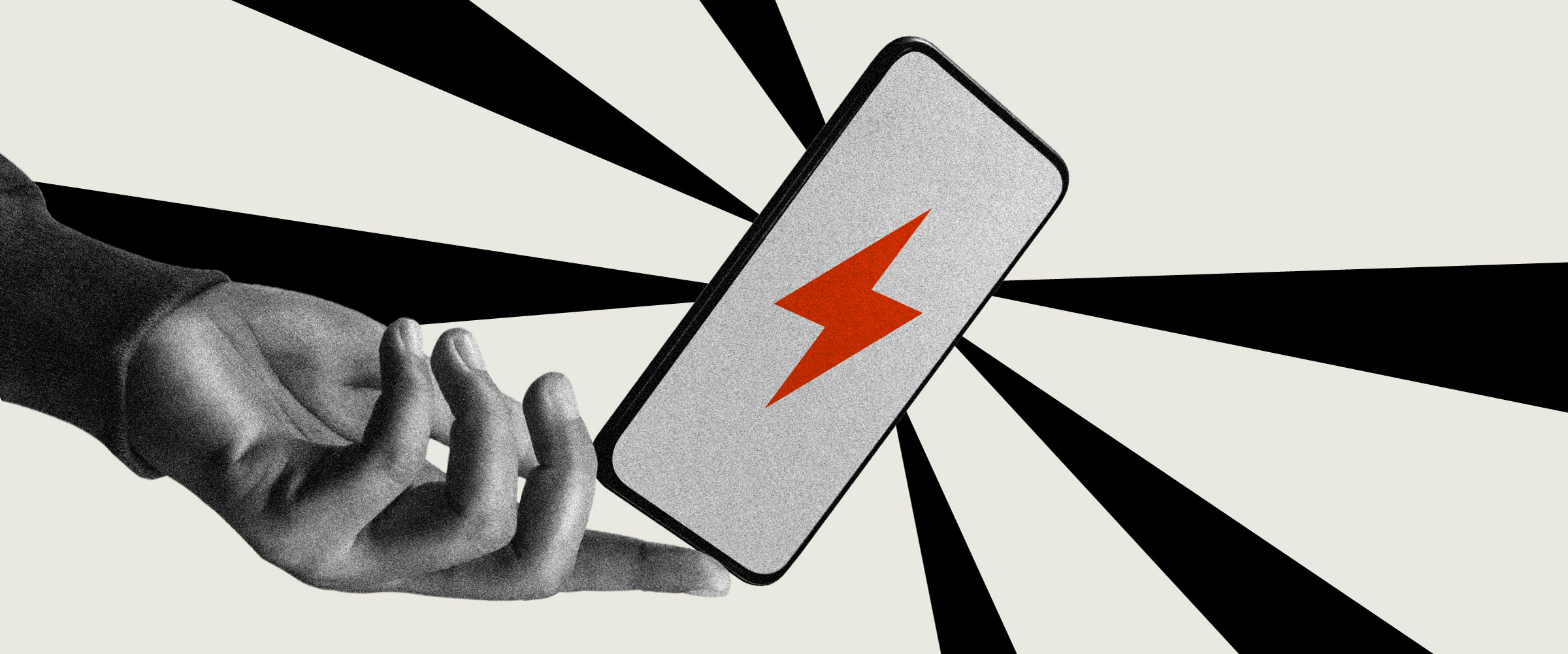
First implemented in the 1950s, Christian Dior’s fashion licensing system redefined luxury brand strategy by selling a few products to numerous buyers – instead of selling numerous products to a few. Including ‘aspirational’ customers in their merchandising and brand strategies has also transformed the luxury fashion segment from an elitist spending echelon to a more “democratic” one that gave aspirational shoppers a path to possession. Today, aftershocks from last year’s inflationary peak of 9.1% are forcing luxury brands to reconsider their ‘accessibility.’
The Problem With Luxury Resale
Aspirational consumers have created a robust secondhand market, but their eagerness to experience luxury at a lower price point has waned as wages lag behind the soaring cost of living. Third-party sellers give luxury brands precious little control over who is buying their products, and authenticating resold items has always been challenging. Sellers have the potential to change a brand’s client base or allow counterfeit products to circulate, wearing out public trust in the brand.
How Luxury Brands Are Transcending the Turmoil
To ensure their resilience, luxury brands must serve as an oasis of serenity in a business environment fraught with economic reversals and geopolitical fragility. To win in today’s more competitive luxury environment, businesses still need to attend to branding basics by solving a problem for customers and delivering a uniquely compelling brand experience. Read on for a look at what ambitious luxury brands are up to. Read on for Part 1 of Luxury Branding Now – our dispatches from the front lines of luxe, with timely insights from our strategy-driven NYC-based luxury brand agency, Fazer.
The Luxury Market is Thriving But Not Uniformly
Expected to see 5 to 12 percent growth this year, the global luxury market has clear winners, even as luxury branding agencies scramble to recalibrate their competitive strategies. As aspirational purchases have fallen out of favor, accessible luxury products like sneakers and streetwear are underperforming, while classic luxury brands that cater to the wealthiest shoppers are booming. A new class of consumers furthers the trend – high-net-worth individuals who regard luxury purchases as an alternative asset class for investing, where they can park their wealth and enjoy access to luxury goods simultaneously. Whether these luxury goods may spawn a proper predictive market like fine art investing remains to be seen. While certain vehicles, leather goods, and watches may retain value or even appreciate, they’re unwieldy compared to all the more conventional asset types readily available to these privileged consumers.
Exclusivity vs. Expansion in Luxury Branding
As luxury distribution and fashion retail expert Selvane Mohandas du Ménil learned in his tenure at Louis Vuitton, Saint Laurent, and Sonia Rykiel fashion houses, “First, mainstream or permanent products more or less available to all; second, aspirational experiences generating additional streams of revenues; and third, super exclusive products only available to the (very) rich.” Exclusivity continues to grow in prominence as an expected attribute of a high-end luxury experience. Owning a recognized ‘It bag’ isn’t compelling enough for today’s tastemakers. There is a pecking order – a hierarchy of brand access pioneered by established luxury brands. What’s relevant and compelling to luxury consumers now is discovering new ways to engage with brands that feel special.
Discretionary Income Nosedives, Luxury Spending Slows
More recently, aspirational shoppers have created a robust secondhand market for luxury goods. But the backchannels bring on immense risk for the sought-after brands being traded. Uncontrolled, unauthenticated resale markets always risk diluting a brand or degrading its prestige and public trust. That won’t do for luxury brands. Upscale consumers expect a lot from brands they associate with. Next-level authenticity, enviable rarity, and an inimitable personality are table stakes in the high luxury echelon. Here, one’s brand affinities function as a component of one’s self-image, so every last brand detail must be attended to and elevated. Privileged connoisseurs show off their sophistication, swag, and enviable access through their choice of luxury goods, so their brand relationships are highly and personally salient. In other words, your branding had better be world-class to compete in today’s high-end luxury market.
‘Very Important Customers’ Now Even More Important
The brands we choose can reflect upon us socially and change how we feel about ourselves. The impact is even more significant when the decision-maker has the means to access anything and everything they might want. As luxury brands expand their appeal to an ever-wider global fanbase, they must continually work to retain their prestige among their top spenders or VICs (very important clients). Worldly VICs enjoy discovering unique products and experiences, so competitive luxury brands are shifting their strategies to suit.
At this level of spending, exceeding expectations on quality and service is a given, so luxury brands are leaning into new flexes, like serving bland, old-money boredom. Think stratospherically-priced basics, whose immaculate blandness telegraphs status: Kendall Roy’s $600 Loro Piana baseball cap, for example; or Gwyneth Paltrow’s lowkey luxe ski-trial looks: under-the-radar brown lug sole lace-ups and neutral mock turtlenecks. The looks signal sophistication in the right circles, while the masses perceive nothing more notable than the blandest items on the racks at Uniqlo.
‘True-Luxury’ Customers Flex Privacy and Discretion
Every luxury brand agency in New York has registered the sea change. As fashion’s tides inevitably turn away from conspicuous consumption and toward ‘quiet luxury,’ the nascent trend is ‘stealth wealth’ – a preference for understated items that communicate your status to the right people without signaling in-your-face excess to the masses. As a psychotherapist for ultra-high net worth individuals reported in The Guardian, “My clients are often bored with life, and too many times this leads to them chasing the next high – chemically or otherwise – to fill that void.” To make fashion fresh again, the wealthiest wearers find more subtle ways to flex their status.
Whether it’s the acquisition or the upper-eschelon belonging, luxury retail therapy might be the safest and most accessible source of dopamine available for these consumers. Like all other highs, you adapt and eventually develop a tolerance. Maintaining long-term loyalty can be elusive for luxury brands – especially newer brands that don’t yet carry the gravitas of tradition.
In Luxury Branding Now, Every Touchpoint Counts
According to Fazer Chief Strategy Offer Todd Irwin, “Luxury branding isn’t just the product; it’s a holistic experience that makes people fall in love. Luxury brands must deliver higher-end assets, from better logos and images to deeper storytelling.”
Even website UX is a significant part of the luxury brand experience today. A brand with deep experience in making customers feel important, Hermès uses its product pages to illustrate how customers can tie and style the brand’s iconic scarves. In a Nielsen Norman Group survey, one shopper exclaimed, “Other luxury websites don’t show you this, which might deter you from buying scarves because you don’t know how to style them.”
It’s not enough to corner the market on prestige or craftsmanship – luxury now must be inspiring, informative, creative, expressive, personalized, sustainable, and more – with an elegant, elevated customer experience that makes customers into VICs.
Agency Forecast: In Luxury Brand Extensions, Hotels are Hot
Today, every big fashion label has home, beauty, and kid brands. Luxury brands have to get more creative to engage and inspire elite consumers. Experiential brand extensions like Dior restaurants, Bulgari hotels, and Louis Vuitton chocolate draw customers deeper inside the brand. Luxury customers are lining up – Bulgari’s hotels in London, Milan, Dubai, Bali, Beijing, and Shanghai are so popular that five more are set to open in the next five years, despite (or perhaps thanks to) some of the most expensive hotel rooms on the market. We expect more luxury brands to follow suit, offering their VICs a fully immersive brand experience, whether in the form of hospitality, branded events, art exhibitions, augmented reality, or some combination.
Accessibility vs. Overexposure: A Catch-22 for Luxury Brands
Among finance professionals, the bro-to-YETI ratio at any outdoor gathering is approaching one-to-one, although YETI’s fate as a legacy brand in the making remains unsealed. The company has enjoyed the smoothest sailing since YETI’s popularity exploded circa 2015 and went public in 2018, but there’s a potential iceberg on the horizon for this wildly popular brand: overexposure. All too often in luxury branding, you’re damned if you make your brand accessible, and you’re damned if you don’t.
The brand produces an extended line of insulated cups and lower-priced products to capitalize on YETI’s clout. Ideally, an accessible luxury brand extension drives awareness, kindles desire and keeps the brand relevant. With so many people eager to own a piece of luxury, it can be tempting or even economically necessary to take advantage of the moment. However, overexposure is particularly dangerous to luxury brands because high-net-worth tastemakers are never stuck with anything – they always have the power to pivot. To defend its market share, YETI, too, may need to pivot.
We’ve seen how the mainstream appeal of luxury brands like Louis Vuitton can degrade the brand’s popularity among their ultra-wealthy customer base despite maintaining its high quality and craftsmanship. Diluting a brand’s sense of exclusivity can erode a brand’s cache to the point where the influential top-tier buyers move on. Once that happens, the trend starts to feel tired, and entry-priced consumers can take it or leave it. Today’s well-heeled YETI fans do love YETI coolers. Still, will the cachet persist when every bus driver in America carries a YETI from TJ MAXX, and it’s all available in Barbie pink? The concern for brands like YETI is that they may crash and burn like Orla Kiely – a designer whose rampant licensing eroded brand value when patterns worn by the Dutchess of Cambridge also appeared on £2 hand towels.
Well-heeled weekend warriors made YETI a viral brand phenomenon. The balance between the premium tier product (coolers) and the accessible token (commuter mugs) feels a little out of whack, given the passion that well-off bros feel for the brand. If the joy of discovery and the satisfaction of owning the best outdoors gear made YETI, the cheaper goods feel as plain and mundane as the similarly priced, similar-looking Stanley mugs available at any Walmart. Will YETI even remain a luxury brand, given the commercial success of its mass-market goods?
‘Luxury’ doesn’t pertain solely to the status, service, or product a brand produces. Luxury is the result – the feeling you get when a brand manages to choreograph proximity, sensory experiences, imagination, and vision with balletic grace and precision.
As a mass-market purveyor of under $25 drinkware and accessories, YETI might need to rethink its brand strategy. After all, a brand story that’s salient for $250 sounds dissociated when applied to every soccer mom’s to-go teacup. YETI initially looked “for those places where our product had outsized relevance, where those communities had a real affinity for gear that supported their environment, pursuit, or activity,” says Yeti CEO Reintjes. “We support the things that are important to them.” It remains to be seen how relevant those things will be to this ‘lifestyle’ brand once its initial raison d’etre fades away in favor of outsized profits.
Customers Demand More From Luxury Now
‘Luxury’ doesn’t pertain solely to the status, service, or product a brand produces. Luxury is the result – the feeling you get when a brand manages to choreograph proximity, sensory experiences, imagination, and vision with balletic grace and precision. Your brand is everything about the experience that gets people to fall in love: the image, the lifestyle, the storytelling, the package. Today, every experience must be rarified, and every touchpoint must be refined to the max because the best brands continually raise the bar. Contenders who don’t consistently invest in ‘glowing up’ will eventually decline in this demanding competitive landscape.
Since aspiration took a backseat due to inflationary constraints, today’s ‘true-luxury’ customers drive today’s healthy post-pandemic luxury market. More than ever, luxury brands must position themselves for agile brand strategy and execution. This requires a clear and compelling brand vision built to expand your power and not box you in. With the lines between brand, business, and culture blurring in luxury now, brand leaders have an unprecedented chance to draw on new inspiration and make the next chapter extraordinary.



